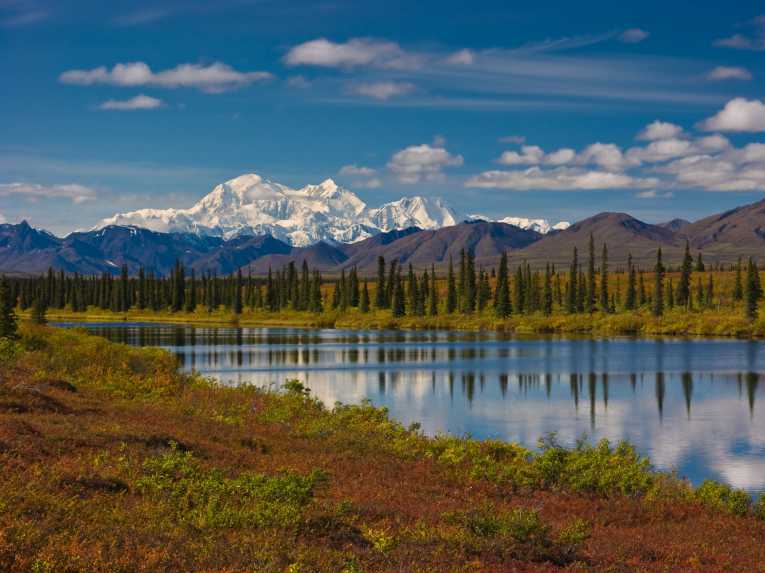Researchers looking at historically unprecedented tundra fires are concerned they may have found another dangerous 'positive climate feedback'. Rising Arctic temperatures are making fires more likely, leading to the release of millions of tonnes of CO2, and so more warming. If they are right, that would add to existing concerns about the retreating sea-ice, melting permafrost and possibility of 'methane belches' from the Arctic's sub-sea sediments.
Largest Arctic blaze
The fire described in the paper - by a team that included scientists from the University of Florida and Alaska - took hold in the Anaktuvuk River area of Alaska back in 2007. It swept across 400 square miles of tinderbox tundra in the North Slope region, throwing more than 2 million metric tons of carbon into the sky - making it the largest recorded fire north of the Arctic circle.
Co-author Syndonia Bret-Harte - from the University of Alaska's Fairbanks Institute of Arctic Biology - stressed that such fires are a new phenomenon in the usually damp soils of the Arctic.'Fire has been largely absent from tundra for the past 11,000 or so years, but the frequency of tundra fires is increasing, probably as a response to climate warming,' she said.As the Arctic experiences warmer and drier conditions, it is making the soil itself more flammable. 'Normally we would expect the fire to go out in the moist soil, but this summer was so dry that the fire didn't go out and strong winds in September caused it to burn a very large area,' said Brett-Harte.
Five decades of carbon up in smoke
That is where worries about the impact on climate, through increased CO2 emissions kick in. The soils of the Arctic are rich in organic matter, but if a fire chomps its way through them, it can release decades worth of CO2 into the atmosphere. The Anaktuvuk fire appears to have released 50 years worth of 'stored carbon', according to radiocarbon dating of the soils left.
And if the burnt-out area doesn't have to time to recover that lost carbon, because of more frequent fires, that leaves more CO2 floating in the atmosphere. 'If the frequency of these fires remains at long intervals, 80 to 150 years, then the tundra has time to recover,' Bret-Hart said. 'If these fires occur more frequently, say every 10 years or so, then the landscape cannot recover.'
Fire-fighting in the Arctic?
The effect of that burn could be felt for a long time too - amplifying the effect of the initial carbon loss. Because the fire leaves less insulating soil above the frozen permafrost, warmth can penetrate more easily in the summer, and so thaw it. That process is also aided by the blackened and burned soils absorbing more of the sun's energy. If the permafrost melts, it too could start releasing more of its locked-in carbon, so starting a vicious circle of warming.
For lead-author Michelle Mack, all of this points to the need to take such tundra wildfires seriously - and to think about whether dousing the planetary tinderbox is going to become necessary. 'This fire was a big wakeup call, and it can happen again, not just in Alaska but in other parts of the Arctic, like Canada and Russia,' she said. 'Suppressing a fire in the wilderness is costly, but what if the fire causes the permafrost to melt? We need to have that discussion.'
Top Image Credit: Alaska © Foto Zihlmann










